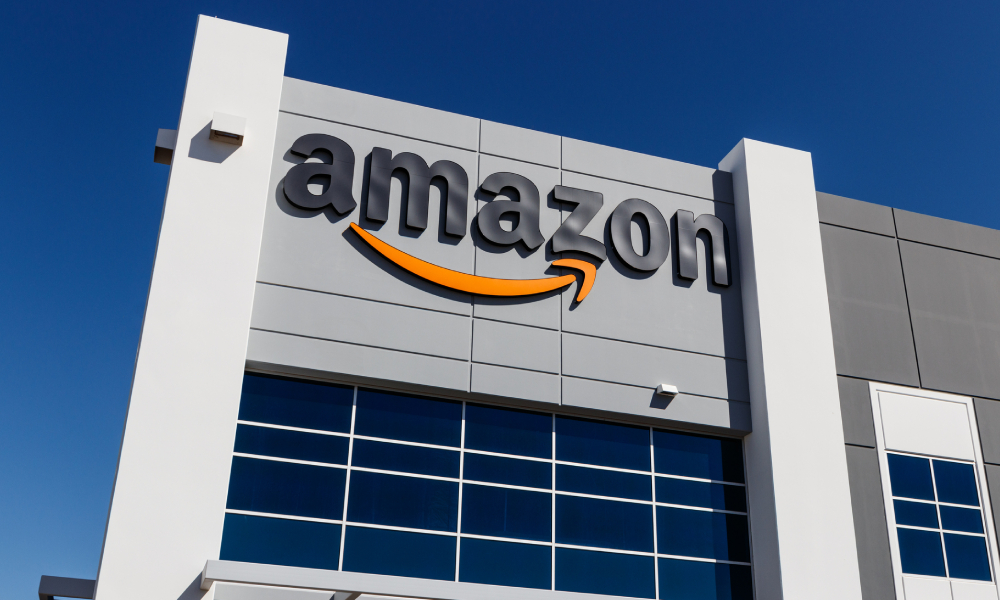A retailer that eliminates the wait between purchase and delivery changes the competitive dynamics in markets where delivery speed drives choices. Morning orders arriving by evening create convenience approaching instant gratification that standard multi-day shipping cannot provide. Customers comparing retailers offering identical products at similar prices select providers delivering the fastest when urgency drives purchase decisions. Transportify delivery solution for companies enable online merchants to compete directly with physical stores on delivery speed while maintaining digital shopping convenience through home delivery eliminating store visits.
Competitive market positioning
Same-day delivery creates substantial barriers in categories where speed influences purchase decisions more than product selection or pricing. Customers needing items immediately accept minor price premiums and limited selection from same-day providers rather than waiting days for a wider selection at lower prices. Speed premium enables profitable operations despite higher operational costs from rapid fulfilment requirements. Category leadership in urgent-need products, including groceries, pharmaceuticals, and emergency supplies, depends almost entirely on delivery speed rather than assortment breadth or competitive pricing.
Purchase conversion improvement
Same-day delivery reduces shopping cart abandonment from delayed gratification concerns, causing purchase hesitation. Customers adding products to carts but pausing before completing purchases often abandon orders through reconsideration during multi-day waiting periods. Immediate delivery eliminates this decision window by compressing purchase and receipt into a single day, maintaining purchase enthusiasm. Promotional campaigns combining same-day delivery with limited-time offers create urgency, driving immediate purchase decisions. Offers expiring at midnight with same-day delivery for morning orders compel quick action, as extended delivery timeframes dissipate.
Inventory network optimization
Same-day delivery requirements force inventory positioning closer to customers through urban micro-fulfillment centers replacing distant centralized warehouses. Smaller facilities stock popular fast-moving products within the delivery range of dense customer populations. Fulfillment centers serving specific metropolitan areas within limited radius enable two-hour delivery windows that centralized warehouses located distantly cannot match economically. Distributed inventory networks reduce total inventory requirements through demand pooling effects, where multiple locations sharing inventory reduce safety stock needs.
Operational economics challenges
Same-day delivery operations incur substantially higher per-delivery costs than consolidated multi-day shipping through:
- Smaller shipment volumes are preventing load consolidation
- Compressed processing windows limit efficiency optimisation
- Dedicated transportation resources prevent shared capacity
- Premium labour costs for rapid warehouse processing
- Technology investments enabling real-time coordination
Route density determines same-day delivery profitability through delivery stop concentration, enabling efficient multi-stop routing. Urban areas generating sufficient orders per square kilometre achieve acceptable per-delivery costs through optimised routing. Suburban or rural areas producing sparse orders create prohibitive costs through vehicle underutilization and extended travel distances between stops.
Technology infrastructure requirements
Real-time inventory visibility across multiple fulfillment locations enables accurate same-day delivery promises during checkout. Systems must verify product availability at facilities capable of reaching customers within delivery windows before confirming orders. Orders promising specific delivery times require inventory at appropriately located facilities rather than distant warehouses, necessitating next-day shipping despite same-day customer expectations. Dynamic routing algorithms optimise delivery sequences as new orders arrive throughout operating hours.
Convenience and a quick turnaround are changing the competitive landscape of e-commerce. A retailer can take advantage of same-day delivery capabilities and urban fulfilment networks, resulting in altered customer expectations and competitive requirements in retail categories where delivery speed is of concern to consumers.




